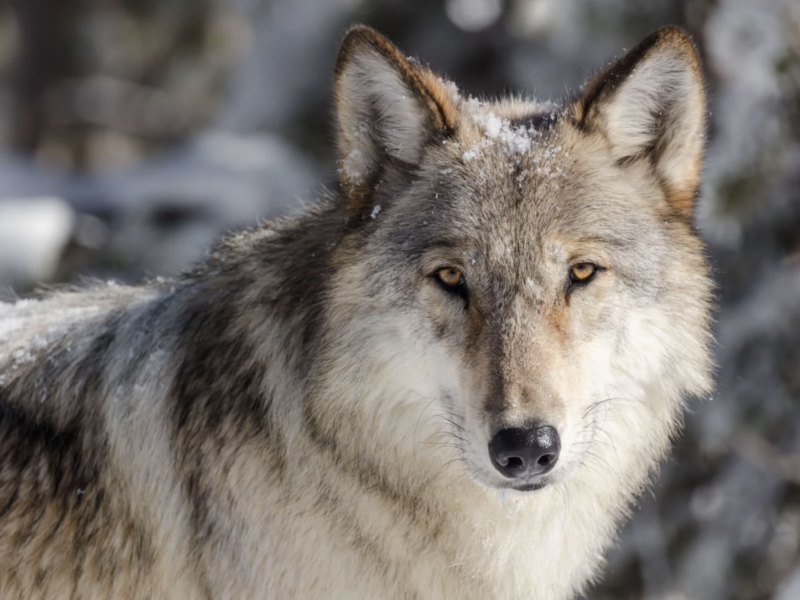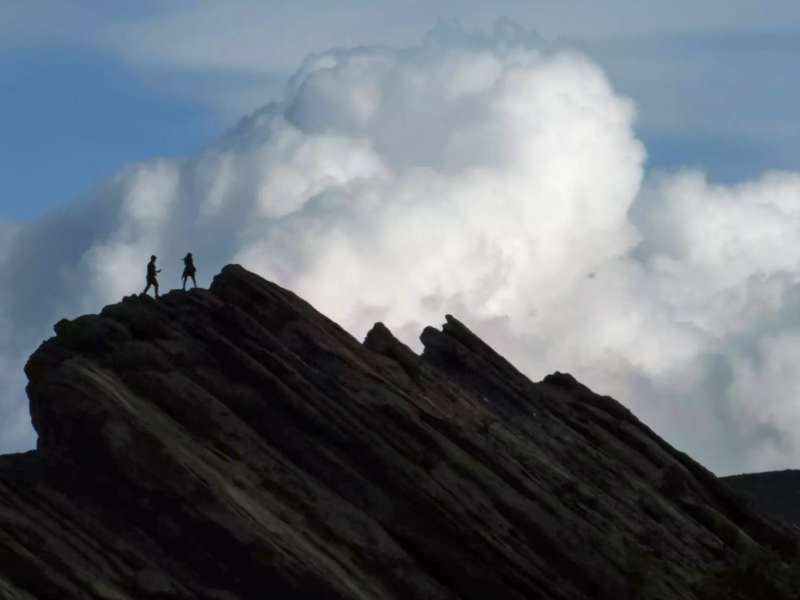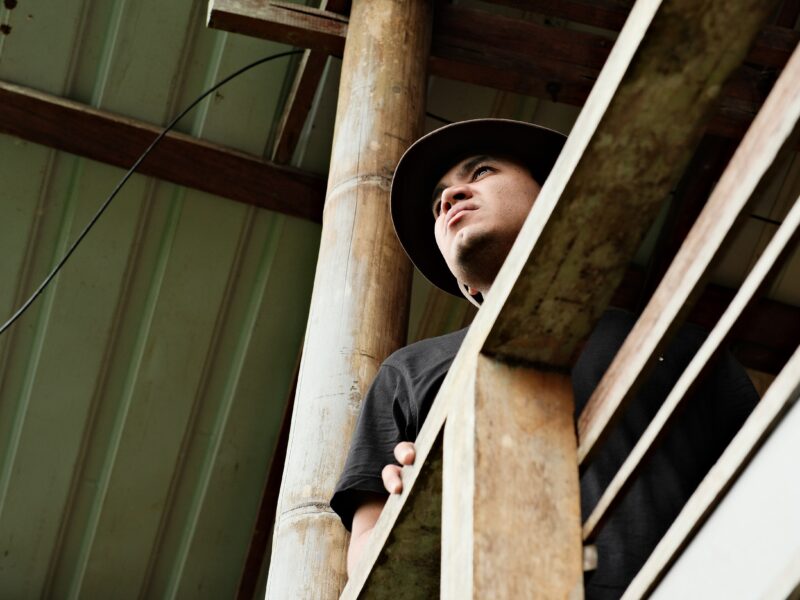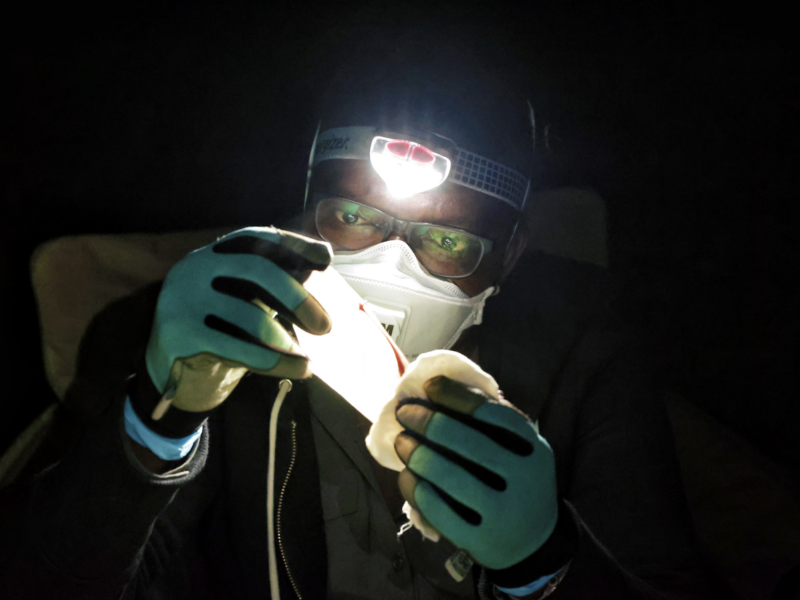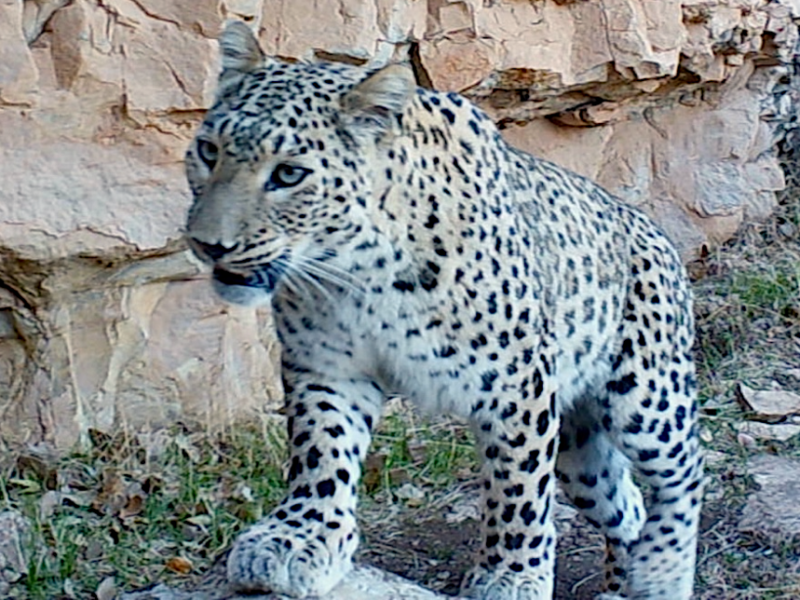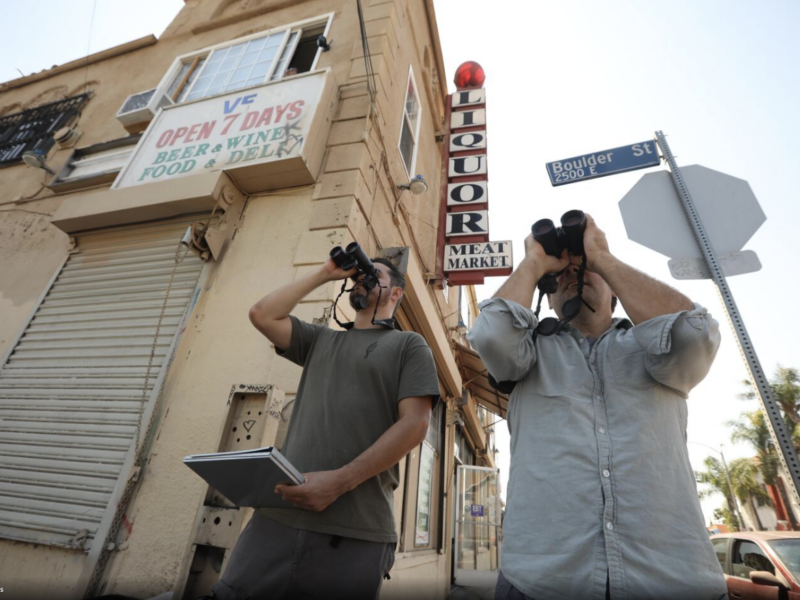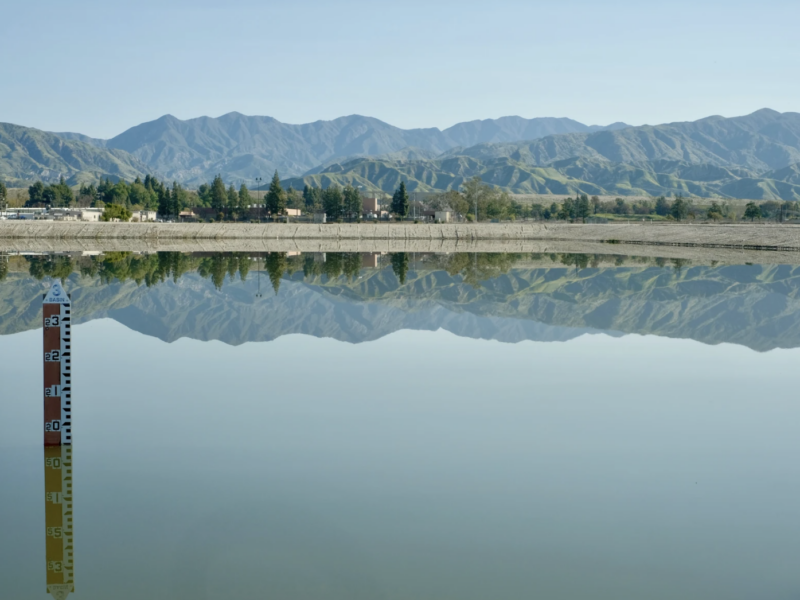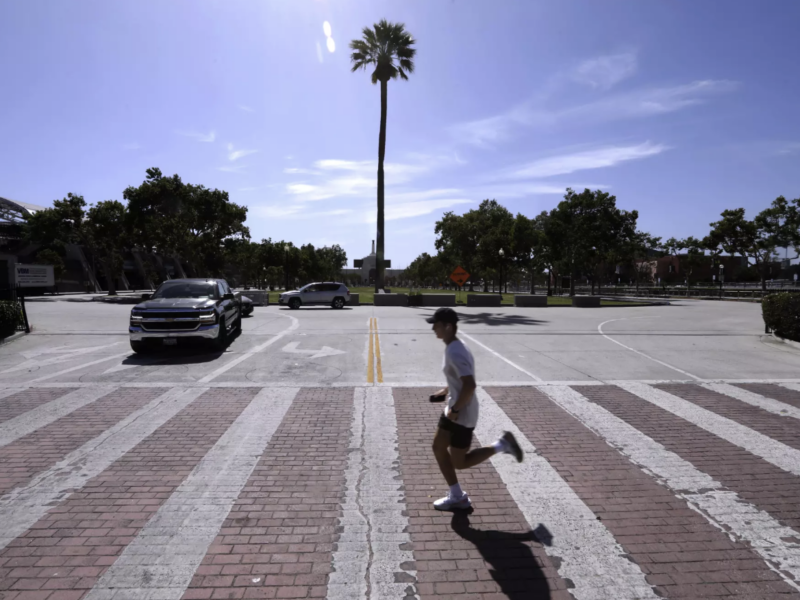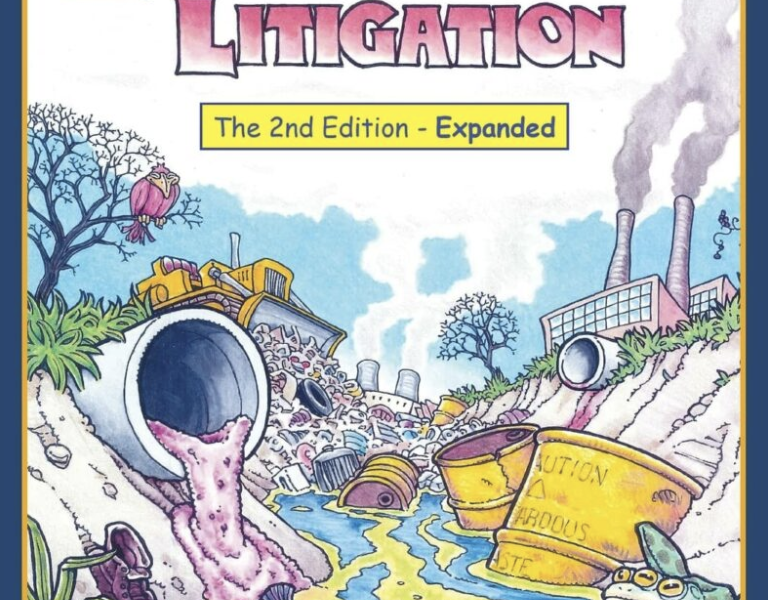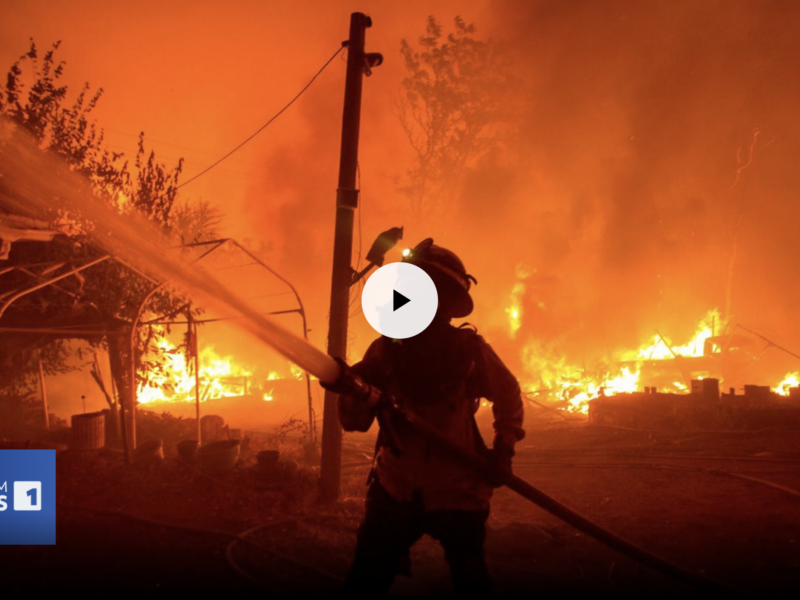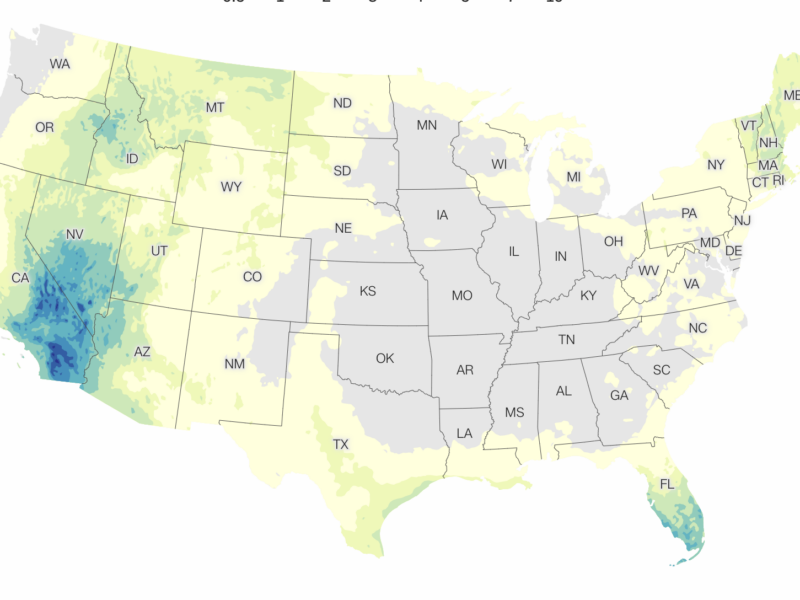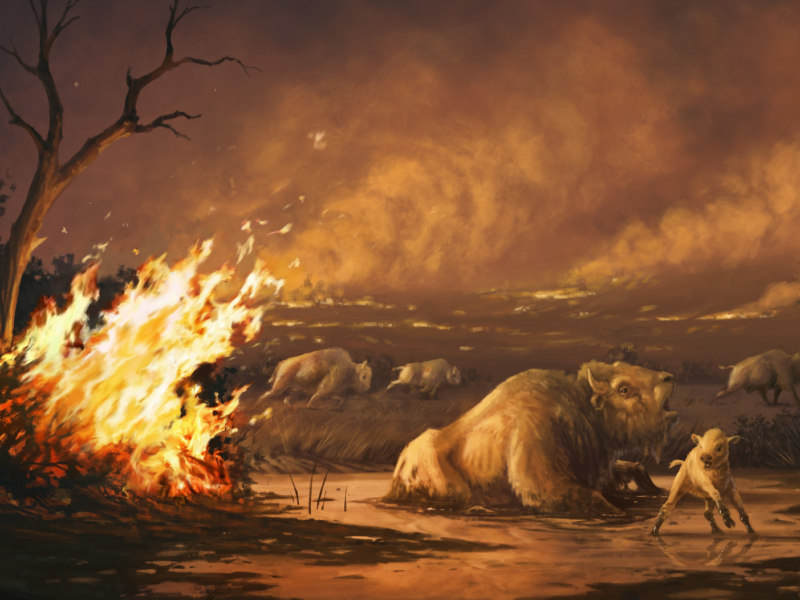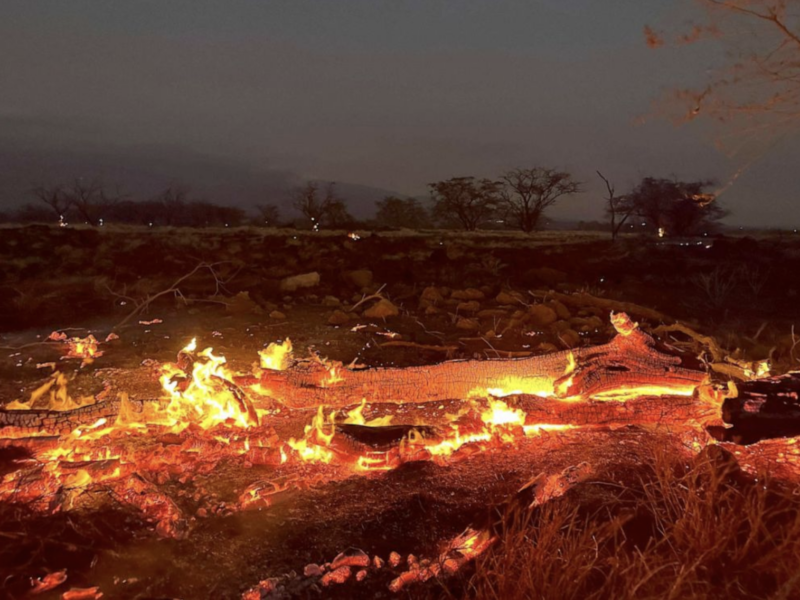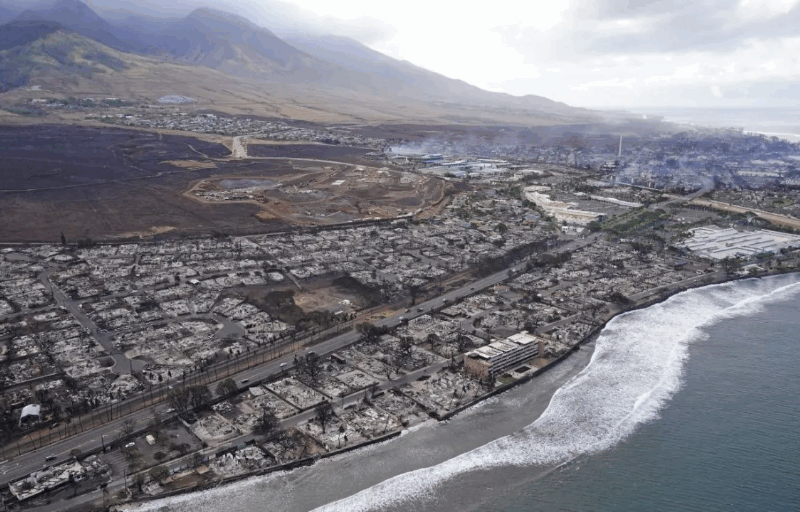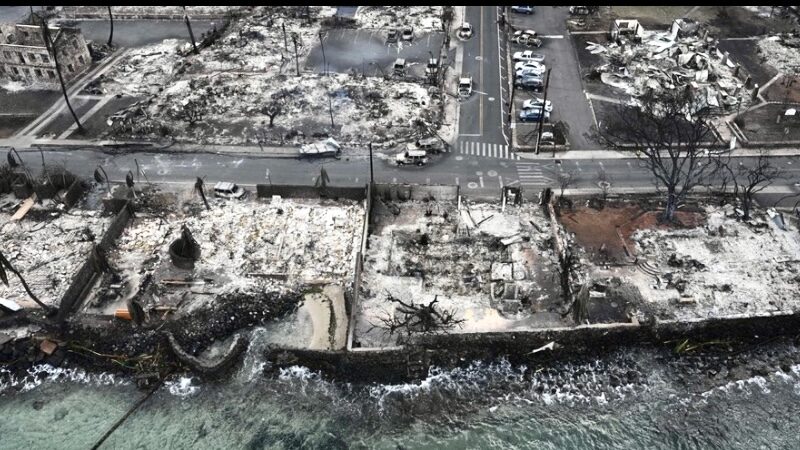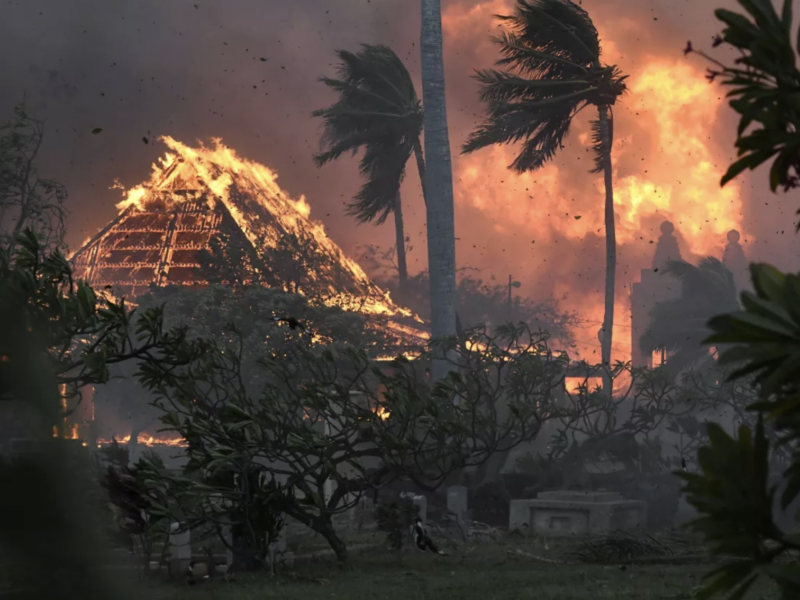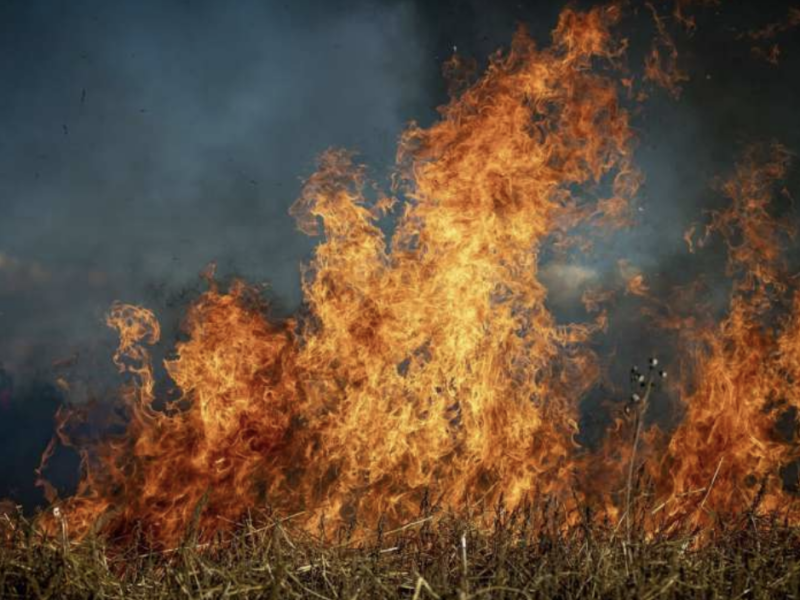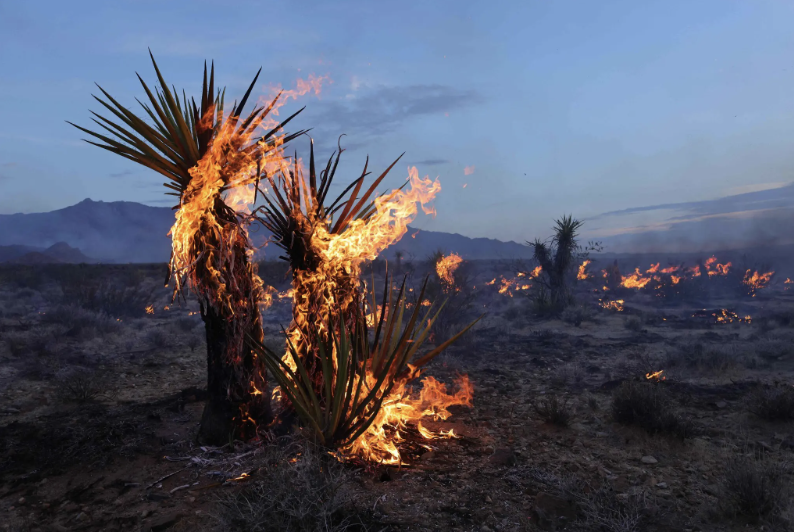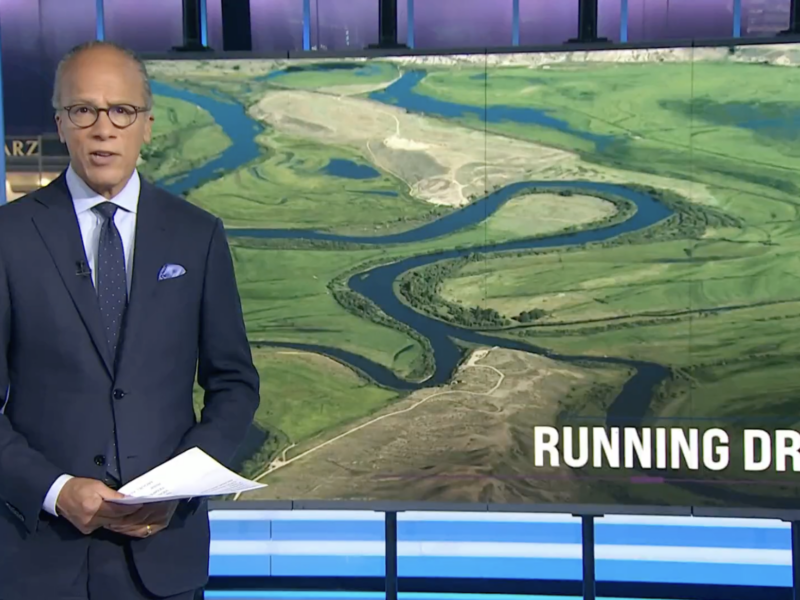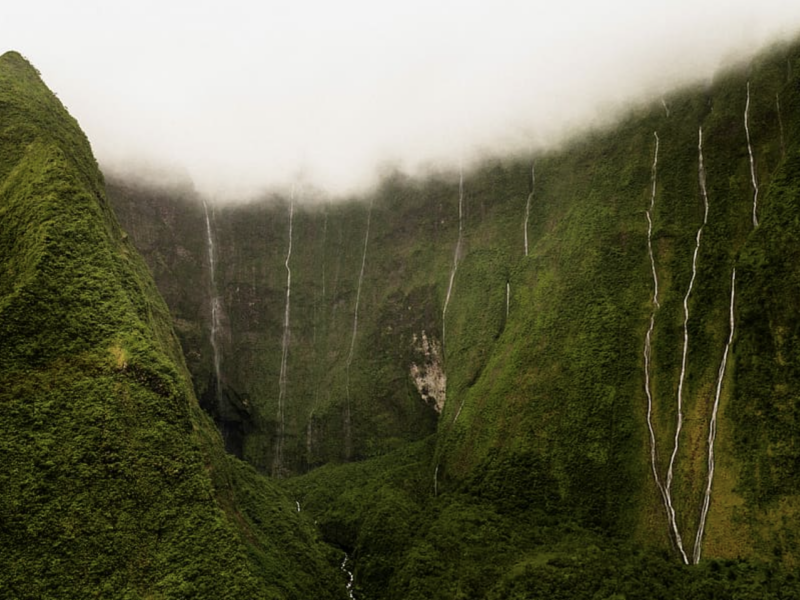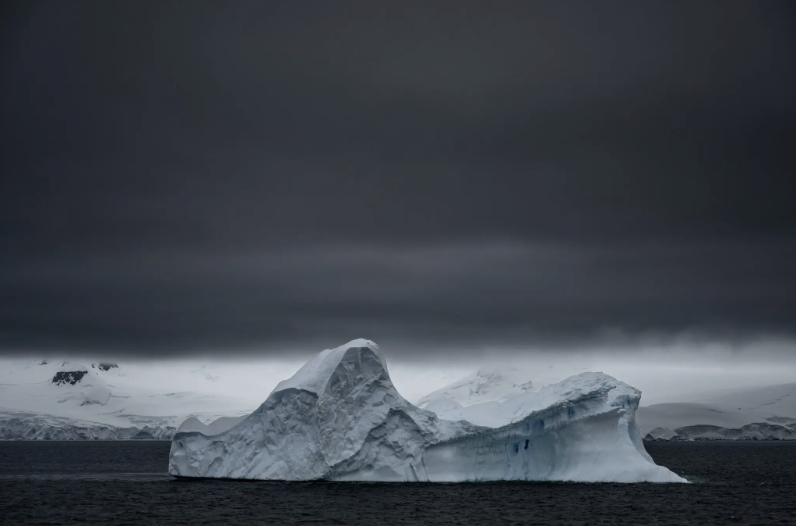IoES in the News
Headline
Morgan Tingley and Olivia Sanderfoot for Scientific American —Wildfire Brought Wolves Back to Southern California after 150 Years
Gray wolves make a historic return to Southern California after 150 years, claiming scorched territories. UCLA ecologists Morgan Tingley and Olivia Sanderfoot discuss the ecological impacts and challenges for Scientific American.
Headline
Daniel Swain and Alex Hall for NY Times — What an El Niño Winter Could Mean for California
UCLA climate scientists Daniel Swain and Alex Hall were both quoted in a recent article by The New York Times. They discuss what an El Niño winter could mean for California. “This is likely to…
Blog
From Betrayal to Revolution: Challenging the Global Leadership Void
by 2023 Pritzker Award Finalist Juan Carlos Monterrey Gómez As the lead climate negotiator for Panama at COP26, I entered the fray determined to counter the apathy of decision makers and…
Blog
Fireproofing Nigeria’s Last Primary Forest and Solving Planetary Crises
by 2023 Pritzker Award Finalist Iroro Tanshi Our world is on fire. Australia, Europe, Canada, California, and even my homeland, Nigeria and West Africa — all are witnessing climate-enabled wildfires…
Blog
My Journey from Conflict to Conservation
by 2023 Pritzker Award Finalist Hana Raza I was born in the rugged mountains of Iraqi Kurdistan, where history has been a tale of persecution and resilience. The richness of…
Headline
Travis Longcore for LA Times — “How L.A.’s bird population is shaped by historic redlining and racist loan practices”
UCLA ecologist Travis Longcore discusses new study showing how LA’s bird population is shaped by historic redlining, with wealthier areas attracting more biodiversity for the Los Angeles Times. “The legacy…
Headline
Greg Pierce for LAist — It’s A New Water Year. What Can We Expect Ahead?
Director of UCLA’s Human Right to Water Solutions Lab, Greg Pierce discusses California’s water supply for LAist. The anticipated wet year “should set us up again to avoid desperation,” but…
Headline
Urban planning professor V. Kelly Turner and ecology professor Travis Longcore for LA Times—SoCal cities desperately need more shade. Is it time to finally ditch palm trees?
UCLA urban planning professor V. Kelly Turner and ecology professor Travis Longcore discuss the role of trees in mitigating urban heat islands for Los Angeles Times. “As a heat scholar,…
Awards
Environmental science and engineering alumni Bart B. Sokolow publishes the 2nd edition of his book: “How to Avoid Environmental Litigation”
Environmental science and engineering alumni Bart B. Sokolow and Murray Sinclair, an environmental attorney, combine their expertise for a user-friendly journey through the environmental legal landscape. “This book is a…
Awards
Tanner Waters selected for the John A. Knauss Marine Policy Fellowship program
Tanner Waters, a Ph.D. candidate at UCLA’s Institute of the Environment and Sustainability, has been selected for the John A. Knauss Marine Policy Fellowship program. This highly esteemed fellowship offers…
Headline
Glen MacDonald for Spectrum News ‘Just In SoCal’ — California’s wildfire crisis
UCLA geography professor and director of the White Mountain Research Center Glen MacDonald sits down with Tanya McRae for Spectrum News to discuss why we’re facing fewer but larger wildfires—and…
Headline
Daniel Swain for CNN— Hurricane Hilary intensifies to Category 3 strength, threatening significant flooding in Southern California, Southwest
UCLA climate scientist Daniel Swain discusses Hurricane Hilary for CNN, stating that “multiple years’ worth of precipitation” could potentially fall in some of California’s driest areas.
Headline
Emily Lindsey for New York Times — Ancient Fires Drove Large Mammals Extinct, Study Suggests
UCLA adjunct professor Emily Lindsey discusses the new study she authored for New York Times. The study reveals Southern California’s large mammals did not go extinct due to overhunting —…
Headline
Daniel Swain for Forbes — Startups Think They Can Beat Wildfires, But Insurance Companies Aren’t Buying It Yet
UCLA climate scientist Daniel Swain discusses the Maui wildfire and conventional firefighting tactics for Forbes.
Headline
Daniel Swain for ABC News — Why climate change can’t be blamed entirely for the Maui wildfires
UCLA climate scientist Daniel Swain discusses the complex weather and environmental causes behind the deadly Maui wildfires for ABC News. “We should not look to the Maui wildfires as a…
Headline
Daniel Swain for the Hill — Maui fires suggest dangerous new phase for disasters
UCLA climate scientist Daniel Swain discusses the conditions that led to the devastating wildfire in Maui — the deadliest US wildfire in more than a century — for the Hill.…
Headline
Daniel Swain for the Wall Street Journal — Why Are the Maui Wildfires So Devastating?
UCLA climate scientist Daniel Swain discusses the conditions that caused the massive and deadly wildfires that swept through Maui for the Wall Street Journal. “A confluence of powerful downslope winds…
Headline
Brad Shaffer for KQED — ‘Moonshot for Biology’ Aims to Sequence a Genome of Every Type of Plant and Animal on Earth
Director of UCLA La Kretz Center for California Conservation Science and professor of ecology and evolutionary biology Brad Shaffer discusses how scientists are racing against time to create a global…
Headline
Daniel Swain for Los Angeles Times —
UCLA climate scientist Daniel Swain discusses the conditions that fueled the most devastating wildfire in Hawaii in over a century for LA times. “The fires that we’re seeing are on…
Headline
Stephanie Pincetl authors Los Angeles Times opinion piece — Opinion: How wildfires in Algeria and California reveal colonial origins of the ‘Mediterranean climate’
In her LA Times op-ed, UCLA Professor Stephanie Pincetl highlights recent underreported wildfires in Algeria, contrasting them with prominent blazes in Greece and Italy, all sharing a Mediterranean climate. Pincetl…
Headline
Glen MacDonald for Los Angeles Times —As Mojave Desert burns, we’re seeing the flip side of California’s weird weather year
UCLA climate scientist Glen MacDonald reveals why California needs a new perspective on wildfires for Los Angeles Times. ”We have to live with fire,” says MacDonald. “We’re never going to…
Headline
Benjamin Bass for NBC News — Colorado River Basin has lost 10 trillions gallons of water due to climate change: Study
UCLA atmospheric & oceanic scientist Benjamin Bass discusses a new study confirms that the vital Colorado River Basin has lost 10 trillion gallons of water over a period of 21…
Headline
Daniel Swain for Phys.org — York fire in Mojave Desert along California-Nevada border balloons to 77,000 acres
UCLA climate scientist Daniel Swain discusses 2023 climate patterns and fire season for Phys.org. “Big fires in the desert are entirely consistent with the fire season outlook for 2023,” said…
Blog
Meet the 2023 Pritzker Environmental Genius Award Candidates #15-18
The final group of candidates for the 2023 Pritzker Emerging Environmental Genius Award includes a green architect, a conservationist, a clean energy leader and an ocean conservation advocate.
Headline
Marilyn Raphael for New York Times — Antarctic Sea Ice Is at a ‘Very Concerning’ Record Low
UCLA IoES director Marilyn Raphael discusses historic and current sea ice levels for New York Times, explaining that this year’s Antarctic sea ice extent “is very, very concerning” and “is…

